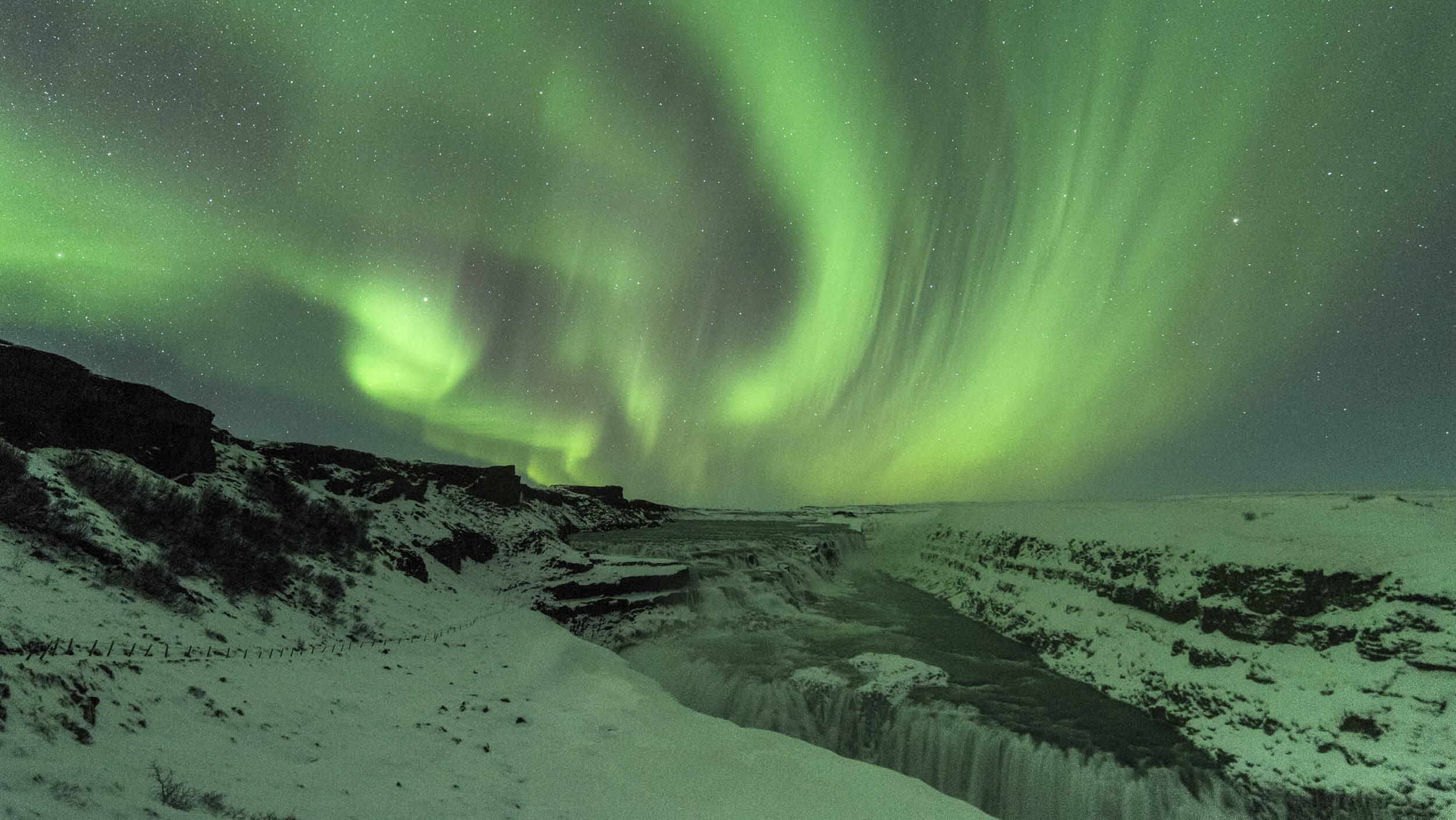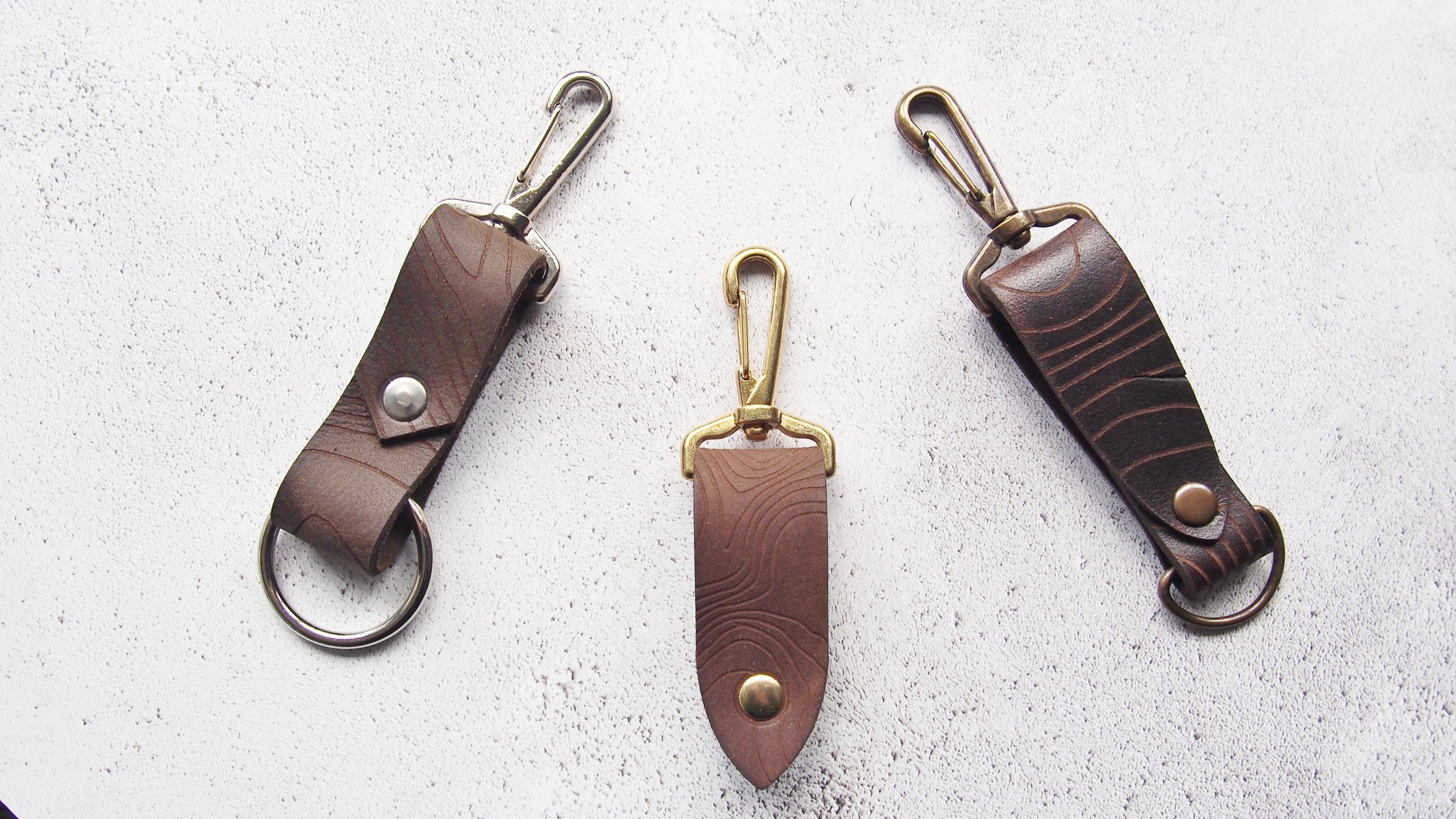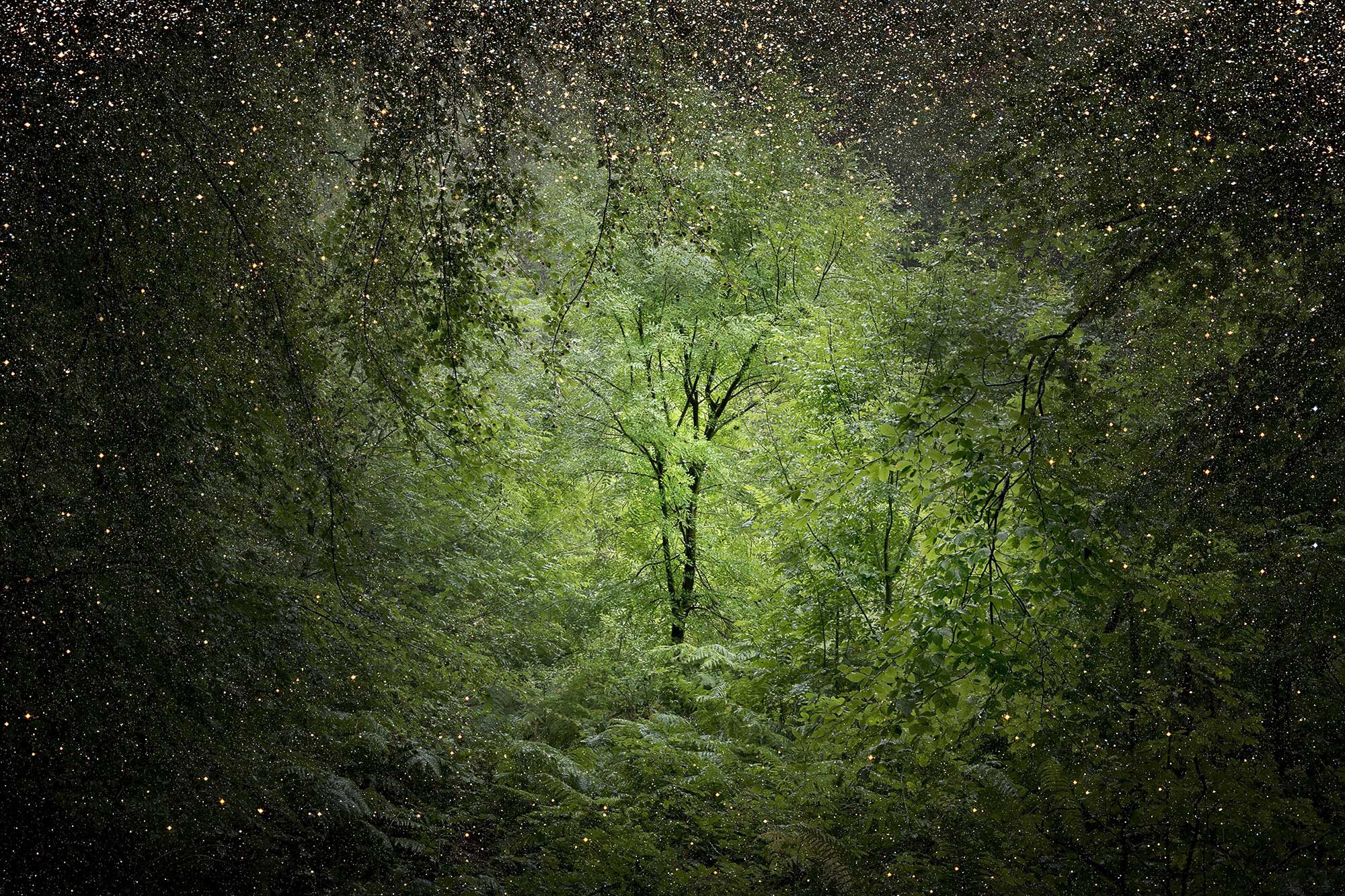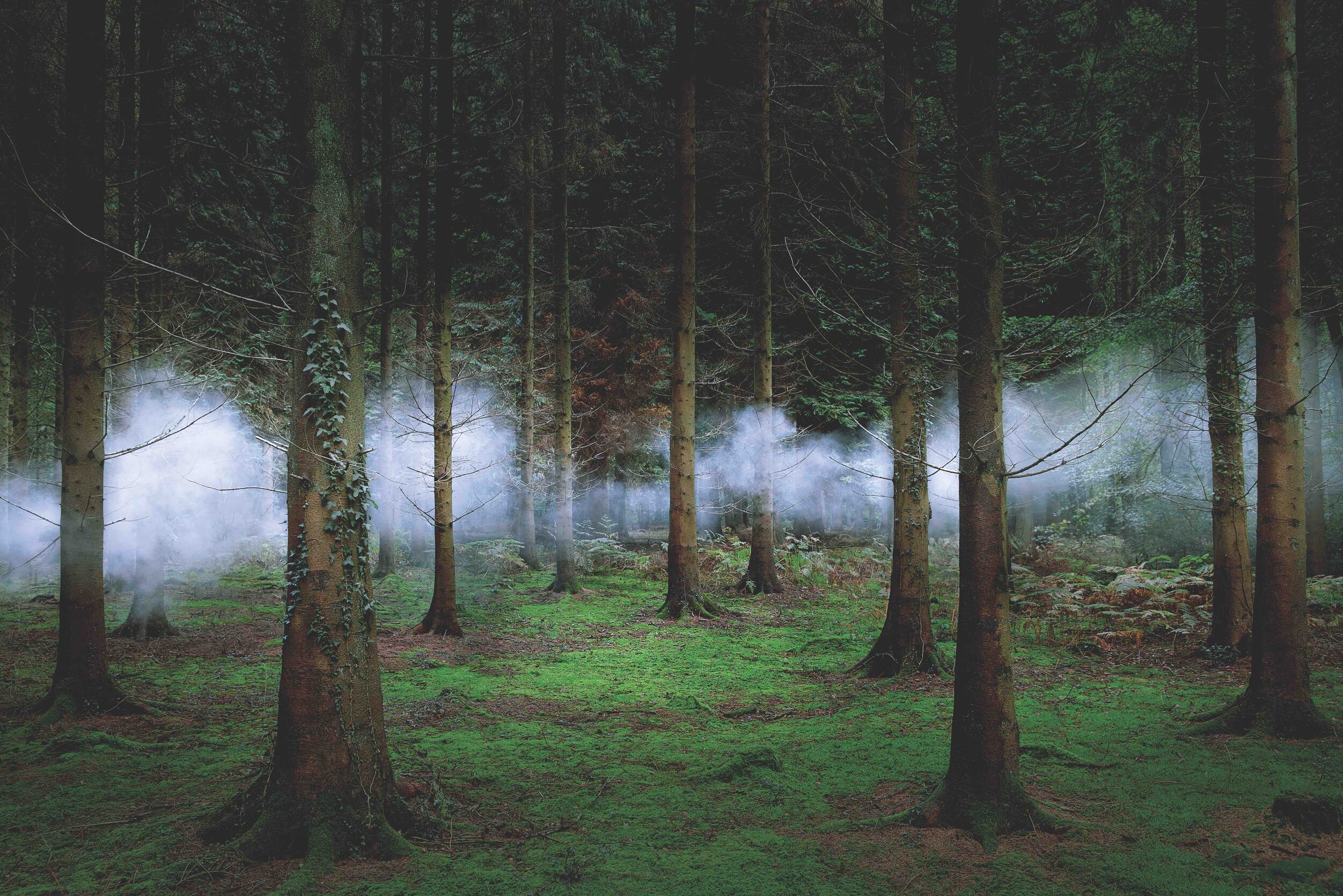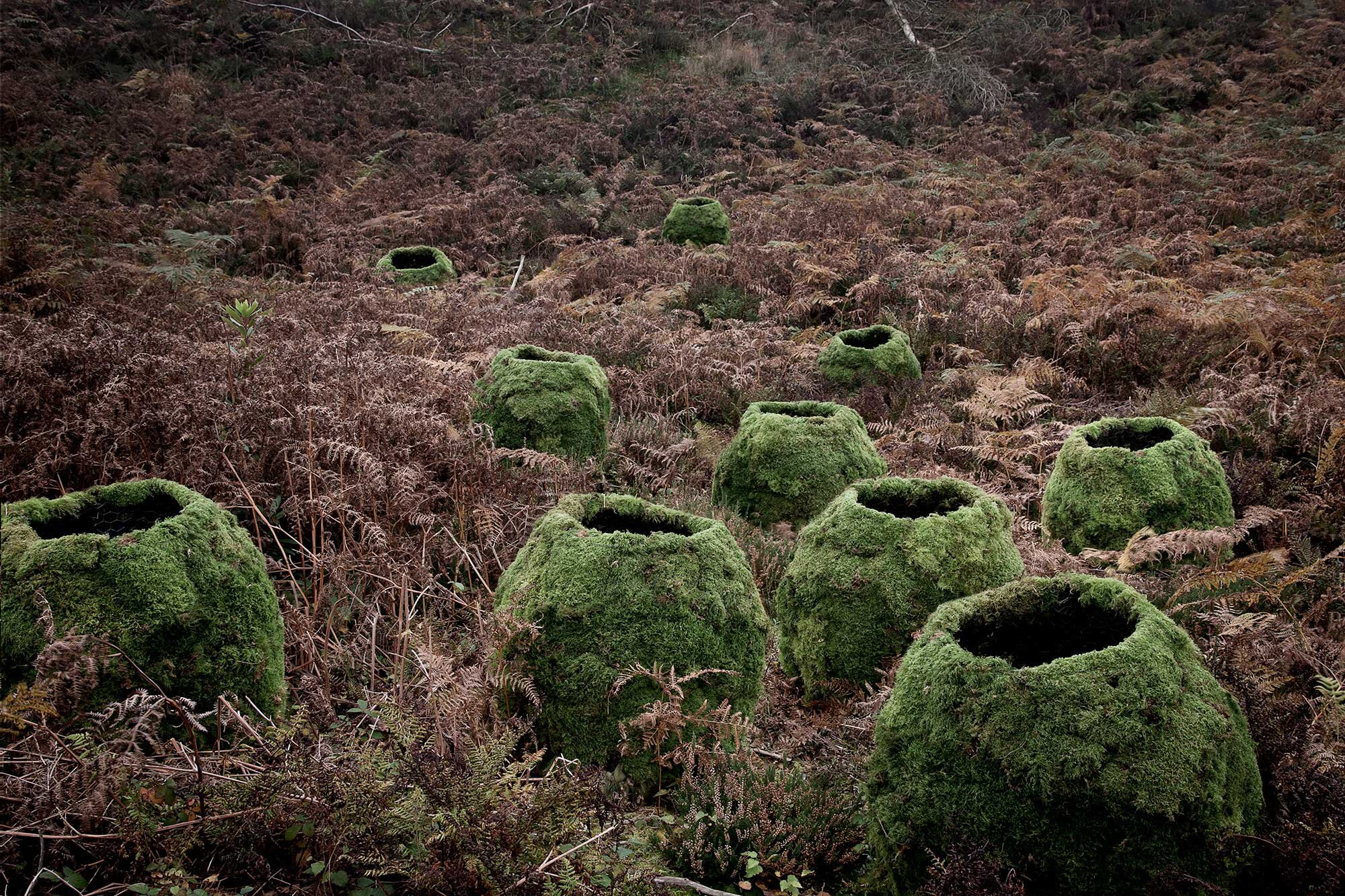From crossing lava fields in Iceland to enduring subzero temperatures in Canada’s bear country, in issue ten photographer Rebecca Douglas reflects on her lifelong obsession with chasing the Northern Lights.
Photo: Rebecca Douglas.
My fascination with the night sky started on balmy summer evenings in my childhood. The Perseids meteor shower falls during the school holidays, and Dad used to set up sun loungers and duvets and we’d lie there for hours staring at the sky, gleefully pointing out the flashes of light.
This fascination continued into adulthood, but took a different turn from meteor showers. I am now obsessed with chasing aurora borealis, also known as the Northern Lights. Every chase is so exhilarating, and I never know what the night will hold. It’s not without its challenges, particularly in subzero temperatures in the Arctic wilderness (down to -22C so far), when you’re reminded of the fragility of the human condition, and have to read signs in nature and know when to adapt your plans. But in the face of adversity you learn a lot about your own resilience.
Ultimately I think that dramatic build-up is what draws me into the awe and intensity of witnessing such an incredible celestial event. It is a total sensory experience – something that moves me to tears.
Photo: Rebecca Douglas.
To find the truly dark spots, I’m often out in the far northern remotest corners of the globe, in the wee hours of the night. Undulating lava fields in Iceland, or ominous moonlit human-shaped silhouettes in the distance – it’s easy to see how so many folk tales were born in these rugged landscapes that flirt with your imagination.
The enormity of the star-laden sky weighs down on me, putting an end to my internal chatter. It’s often a strange connection between letting go of fear of the unknown and being totally absorbed in the moment. But oh, how those moments can be abruptly interrupted by the unexpected, from fending off two lone farm dogs on a Faroese Island, one attached to each arm, to trying to collapse your tripod faster than the speed of light when you hear a guttural growl from the bushes in bear country. Nature reminds you of the fragility and beauty of life all at the same time.
This is an extract from Rebecca Douglas’s feature about her obsession chasing aurora borealis – the full article, including a guide to seeking the Northern Lights, will be published in issue 10 of Ernest Journal. Available to pre-order through our Crowdfunding campaign: ‘Ernest Journal: help launch our 10th edition’.
PICK UP A New limited edition reward on the Crowdfunder campaign!
The Northern Lights bundle, £25
To tie in with her story ‘Chasing Aurora’ in issue 10, photographer Rebecca Douglas has donated six fine art matte mounted prints captured at Jökulsárlón in Iceland, which is part of the Vatnajökull National Park – a UNESCO World Heritage site. The bundle includes a copy of issue 10 plus a 6”x4” Fine Art Mounted Print of ‘Jökulsárlón Finally’ – a shot that took eight visits to the glacier lagoon across multiple trips – printed sustainably on the finest quality matte fine art paper.

